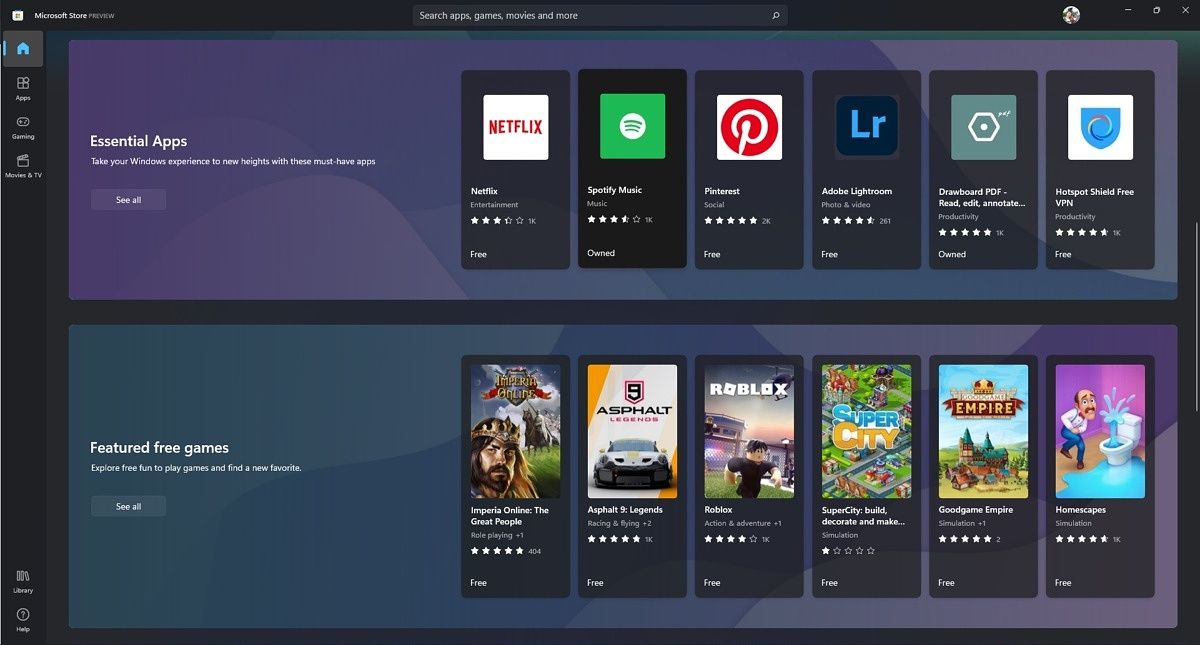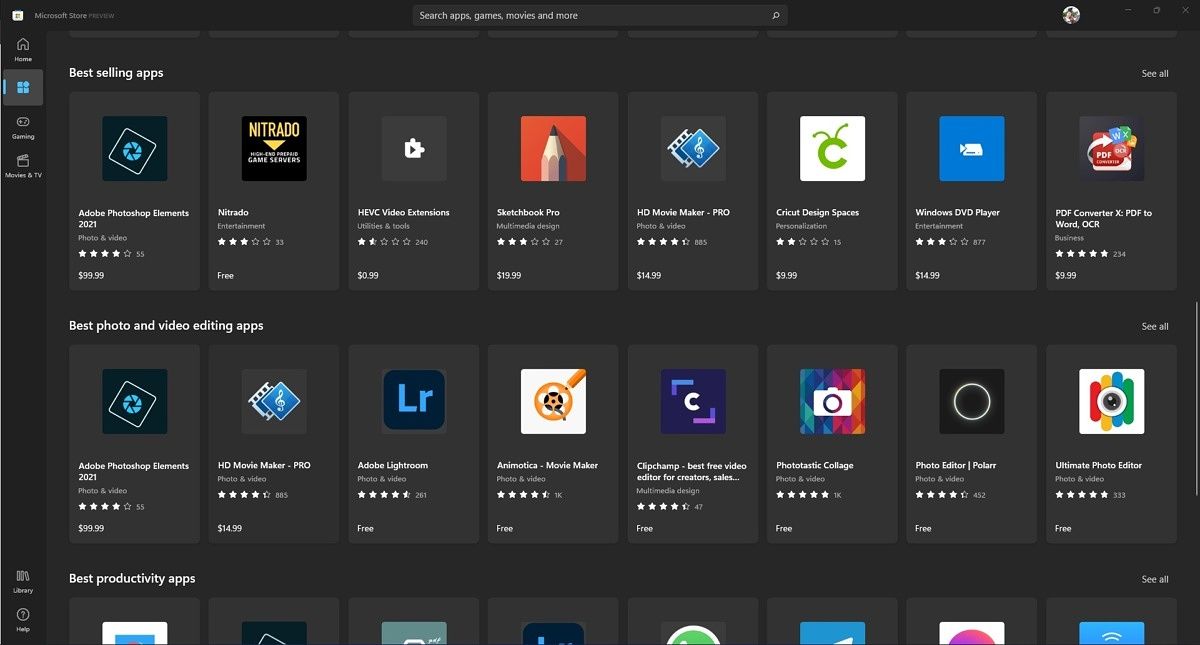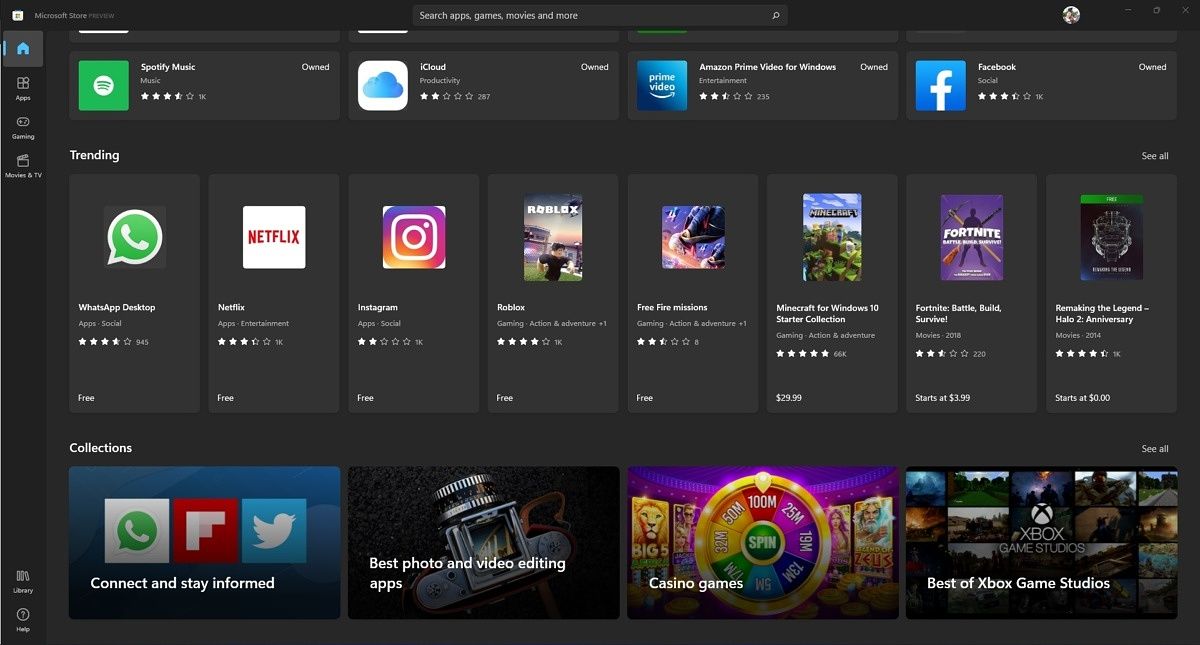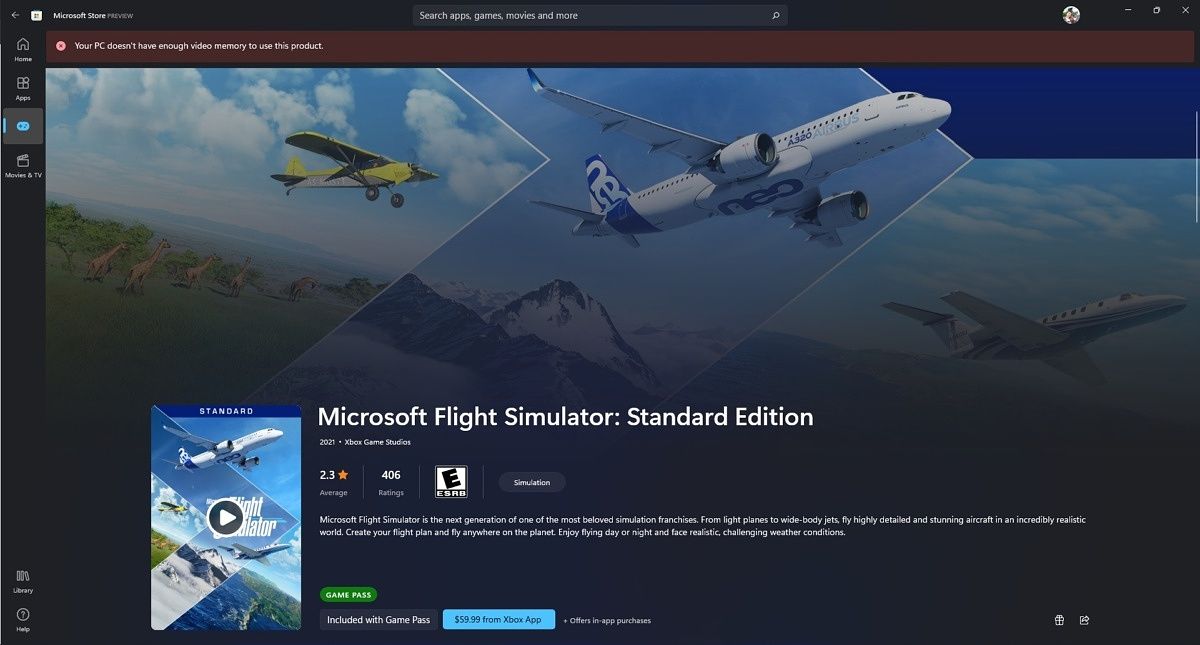Windows 11 deep dive: Checking out the new Microsoft Store
Windows 11 is almost here. Microsoft has set the release date for October 5th, and soon many of us will be using the brand-new operating system. Windows 11 is different in many ways from Windows 10, so it’s good to be aware of how things work in this new version. If you’re a Windows Insider, you’re probably already aware of the many new features already available in preview. But for everyone else, we’re here to help. We’re going to be taking a deep dive into many parts of Windows 11, and this article will focus on the Microsoft Store.
Yes, the Microsoft Store has received a much-needed facelift for Windows 11, and it looks far better than it ever did on Windows 10. Outside of the UI changes we’re going to go into here, the new Microsoft Store also accepts more types of apps than ever before. You’ll be able to find a lot of web apps like TikTok or Reddit, plus traditional desktop apps will become more widely available since Microsoft has made the terms more appealing to developers. The Microsoft Store is set to become the one-stop shop for all your apps on Windows 11 — if Microsoft’s vision comes to fruition, at least.
Windows 11 Microsoft Store UI
When you first launch the Microsoft Store on Windows 11, you’ll immediately notice that things look different. Rather than a header menu, the different sections of the store are now listed on the left side of the screen. These include Apps, Gaming, and Movies & TV (if available in your region). You also have icons for each section, adding a touch of life to the interface, along with rounded corners throughout the UI. Down on the left side, you also get quick access to your library page and help.

Up at the top, you get a search bar to help you find content on the Microsoft Store, and next to it, your profile picture. This is where you can access your account settings like payment methods. You can also redeem a gift code for the Microsoft Store here, as well as the app settings. We’ll go into these pages later, but for now let’s focus on the four main sections.
Windows 11 Microsoft Store sections
It’s hard to miss, but when you open the Microsoft Store on Windows 11, you get this giant banner highlighting a specific item or group of items. The homepage brings everything together, so you might see movies and TV shows, apps, or games here. At the bottom of the banner, a carousel features all the highlighted items. You can see a progress bar showing how long it is before the banner transitions to the next item.
If you mouse over one of the items on the carousel, you can see its title, and the banner transitions are paused until you move away from it. This behavior applies to all four of the main sections of the app, as you can see below in the Apps section.

While this banner takes up most of the space, you can scroll down from here to see more items. On the Home section, you get to see various different categories highlighted as you scroll. You’ll see a collection of “essential” apps and popular free games, the top free apps, and trending items.
In other sections, the Microsoft Store goes more in-depth for each of the categories. Items are grouped into notable categories, like productivity apps, new PC games, and so on. At the very bottom of each section, there’s also a list of collections, highlighting specific types of items. For example, there may be a collection of games from Xbox Game Studios for fans of the brand.






As you navigate these sections, you’ll see yellow labels indicating that an item is on sale. In the gaming section, there are also labels for games included in Xbox Game Pass, meaning you can get them for free if you’re a subscriber.
Searching for apps
Using the search bar at the top will still feel very familiar, although Microsoft has been trying to improve the logic for search results here. When you start typing, you’ll find search suggestions for common searches, as well as products that may match your search terms. If what you’re looking for isn’t listed, you can press the Enter key on your keyboard to do a full search.
Search results can be filtered by the type of item you’re looking for, age ratings, and whether you want to include free or paid apps. Results are presented in grid format, with prices and ratings easily viewable from the search page.

Microsoft Store product pages
When you open a product page, the experience is also significantly different from what it used to be in Windows 10. What the page looks like depends on what type you’re looking at. For apps, you’ll see a banner on the left side featuring the app icon, name, overall rating, and the download button.
In the larger portion of the window, you get a carousel with screenshots of the app, the full description, and more. Scrolling down lets you see more information about the publisher, terms of use, permissions the app has, and what languages it supports. There are also recommendations for similar types of apps at the bottom.

For games and movies, the layout is different. You’ll see a large banner with a highlight image from the product, and you can click the product’s icon to watch a trailer for it. Naturally, these are types of content that warrant trailers more than typical apps would, so it makes sense. You can still see the description, screenshots, and ratings by scrolling down.


For Xbox games, you’ll also see options for either buying the game or playing it on Game Pass, and you may also see a message if your PC doesn’t meet the requirements to play the game. Also, downloading Xbox games will take you to the Xbox app, instead of happening in the Microsoft Store directly.
For everything else, when you begin a download, you’ll see a progress indicator in the pause button, represented as a circle around the pause/resume icon. You’ll also see exactly how much data has been download compared to the total size. If you want to keep track of multiple downloads at once — or if you want to cancel a download — you’ll have to use the library section of the Store.

Windows 11 Microsoft Store: Your library
Moving on to the library section of the Microsoft Store, this is where you can see all the items you’ve previously bought or downloaded. By default, these are listed in the order they were last updated or downloaded, but you can change that. You can filter the list to only include apps, games, or movies, and there’s also a section for apps included with your device. From here, you can open the Store listing for each item, open the app or game in question, or click the ellipsis icon to share the app or pin it to your taskbar or Start menu.
This page is also where you can check for updates for your apps, and manage all your ongoing and pending downloads. The “Get updates” button will check for updates to all your apps, and any downloads will be at the top of the page. You can pause and resume downloads, or cancel them altogether by clicking the ellipsis icon next to the app.
Settings
Finally, let’s take a look at the settings for the Microsoft Store. As we mentioned above, clicking your profile picture will bring up a few options related to your account and the Store itself. The first three options are more related to your account. You can sign out from the Store if you’re using your Microsoft account, or manage your settings like payments methods and devices, which will take you to your browser. You can also redeem a gift card or code from this menu.
But what we’re focusing on on here is the settings page, which is fairly basic. Here, you can choose whether you want apps to update automatically for example, but the big settings are purchase sign-in and offline permissions. Purchase sign-in is disabled by default, which means whenever you make a purchase on the Microsoft Store, you have to enter your credentials, be it a password, PIN, or biometric authentication. Enabling this toggle means you won’t have to sign in every time, but it can also result in accidental or unwanted purchases.

Offline permissions, on the other hand, has to do with apps with limited licenses, meaning apps that can only be used on one device, or a handful of devices at a time. If you enable offline permissions on a specific device, it will make that device your default. That way, if you’re not connected to the internet, these apps will still work.
That covers most of what you need to know about the Microsoft Store on Windows 11. With the operating system less than a month away from release, it’s good to be prepared so you don’t feel lost after the update. We’ll be diving deep into more Windows 11 features so you can stay on top of everything.
Not sure whether you can get Windows 11? Make sure to check out the system requirements, or check our complete list of PCs that will support the Windows 11 upgrade.
The post Windows 11 deep dive: Checking out the new Microsoft Store appeared first on xda-developers.
from xda-developers https://ift.tt/3CaprFq
via IFTTT

Aucun commentaire: